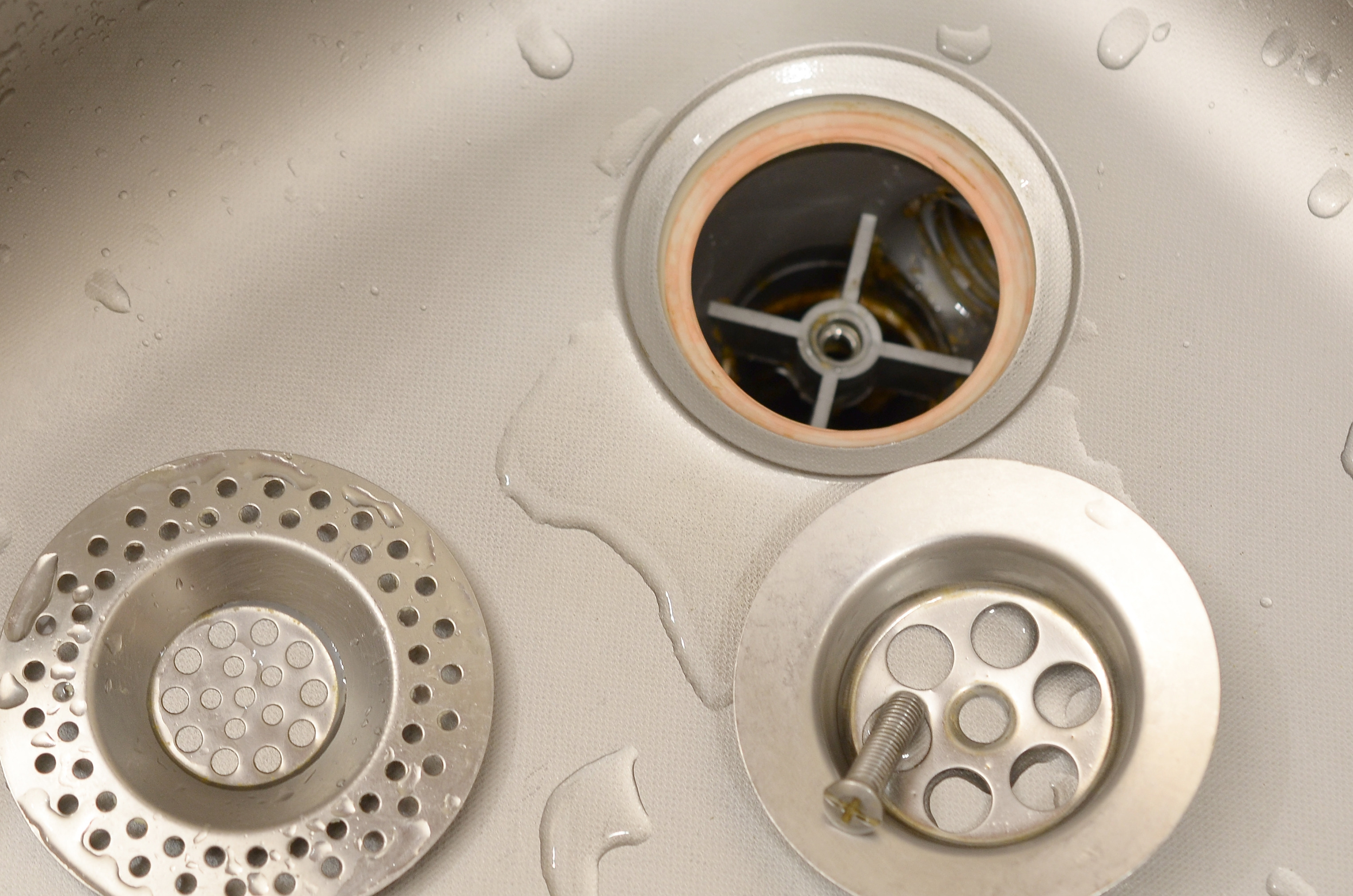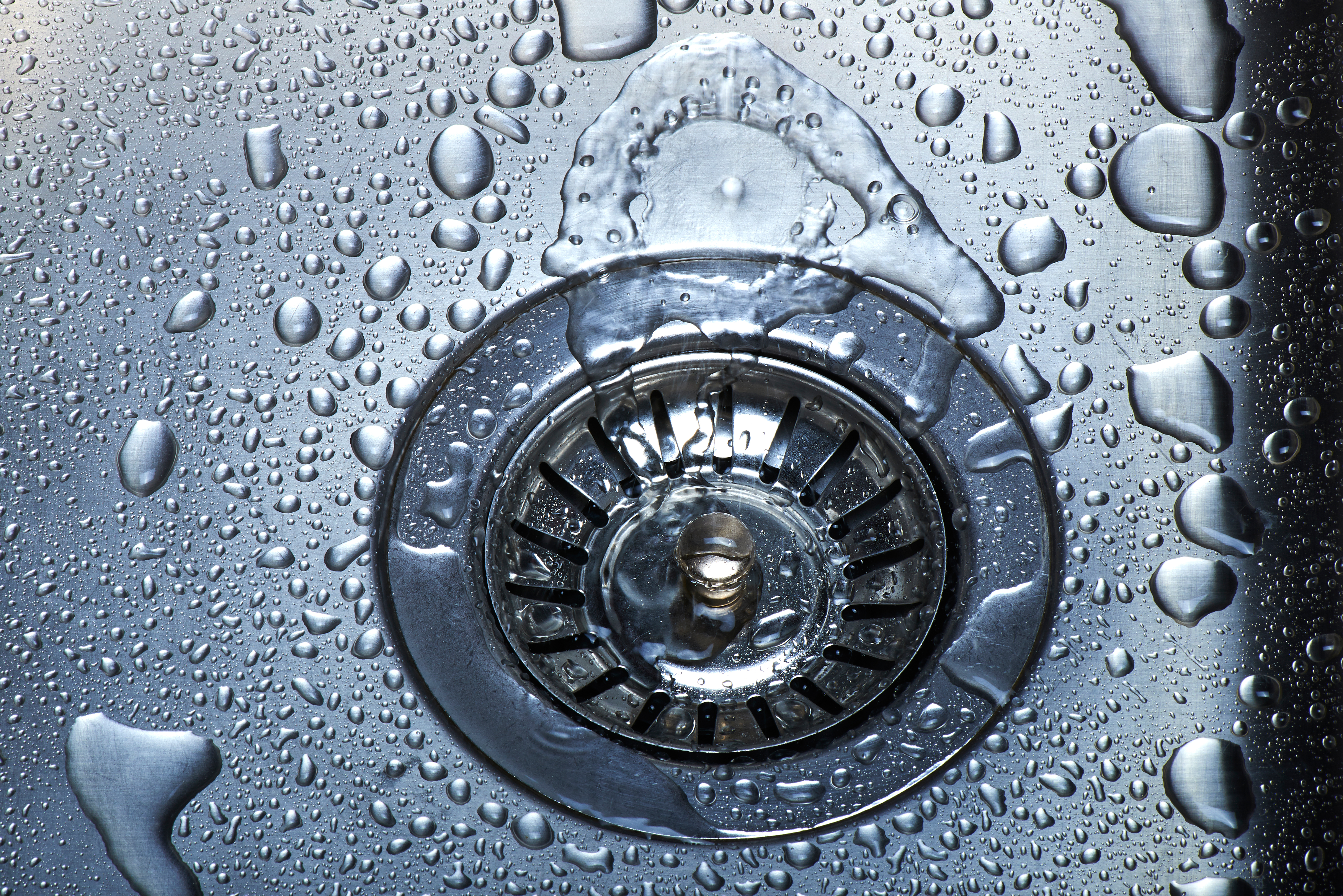
When buying a new sink or washbasin for your home, you can't forget the essential element for its proper operation, which is the trap. It will also be useful when connecting a bathtub, shower tray, or bidet to the sewage system. The most important thing is to choose the right trap for each of the mentioned devices. As for the types of traps, we most often encounter traditional, i.e., manual models and automatic traps. Don't know the difference between these two solutions? No worries, we will explain it right away.
Get to Know the Types of Traps Available on the Market
A trap plays a key role in the water and sewage installation, responsible for the quick and trouble-free disposal of water from the sink, basin, or bathtub. It's an indispensable element of every sink; without it, not only would it be impossible to drain water but also nothing would block unpleasant odors from the sewage system from entering the house. All traps available on the market are used for the same purpose; they differ in appearance or principle of operation. The plug mechanism may also differ. Generally, we can distinguish:
manually closed trap,
automatic trap,
P-trap,
bottle trap.
When buying a trap, you should check the drain diameter in advance to ensure it fits the existing sink or washbasin. Connecting the trap is incredibly simple; it can be done independently without the need to call specialists or use special tools.
Automatic vs. Traditional Trap – Key Features
The distinction between automatic and manual traps boils down to the operation of the plug. An automatic plug located in the drain at the bottom of the sink chamber does not require wetting your hands to unlock it. It is equipped with a lever usually mounted near the spout, and the opening and closing of the drainage valve are done via a knob.
A regular, i.e., manual trap, is equipped with a plug inserted and removed manually. While closing the water outlet does not require wetting your hands, when emptying the sink, you need to immerse your hand in water to open the drain. Regardless of the type of trap in your kitchen, it's worth remembering to have an overflow system connected to the sink. This will help avoid flooding the room if you accidentally fill the sink with too much water.

Automatic Plug or Classic Plug?
Both automatic and manual traps have their supporters and detractors. If you don't like putting your hand into the sink chamber and searching for the plug in dirty water, an automatic plug is definitely a better choice. Opening and closing the strainer are done by pulling the lever or turning the knob.
Considering the aesthetic side, the choice of the trap depends on personal preferences. The automatic trap looks more modern and elegant than the manual plug. However, the classic plug can also be stylish, especially if you choose a click-clack type model. It is convenient to use since closing and opening the drain are done with a light press on the plug; nothing needs to be pulled, and nothing can get jammed.
Choose the Right Trap for Your Home
When choosing a trap for a granite sink and any other type, it's worth matching it to the style of the washbasin as well. There are plugs available in many colors to choose from. A manual trap is usually equipped with a rubber plug with a loop, which can be easily removed. Meanwhile, automatic plugs and click-clack models are often made of brass or steel, so they look significantly better.
It's hard to unequivocally indicate which type of trap is better as both have their supporters. Both rubber and metal plugs are relatively easy to keep clean, effectively block water drainage, and prevent unpleasant odors from the sewage system from entering the house.


















